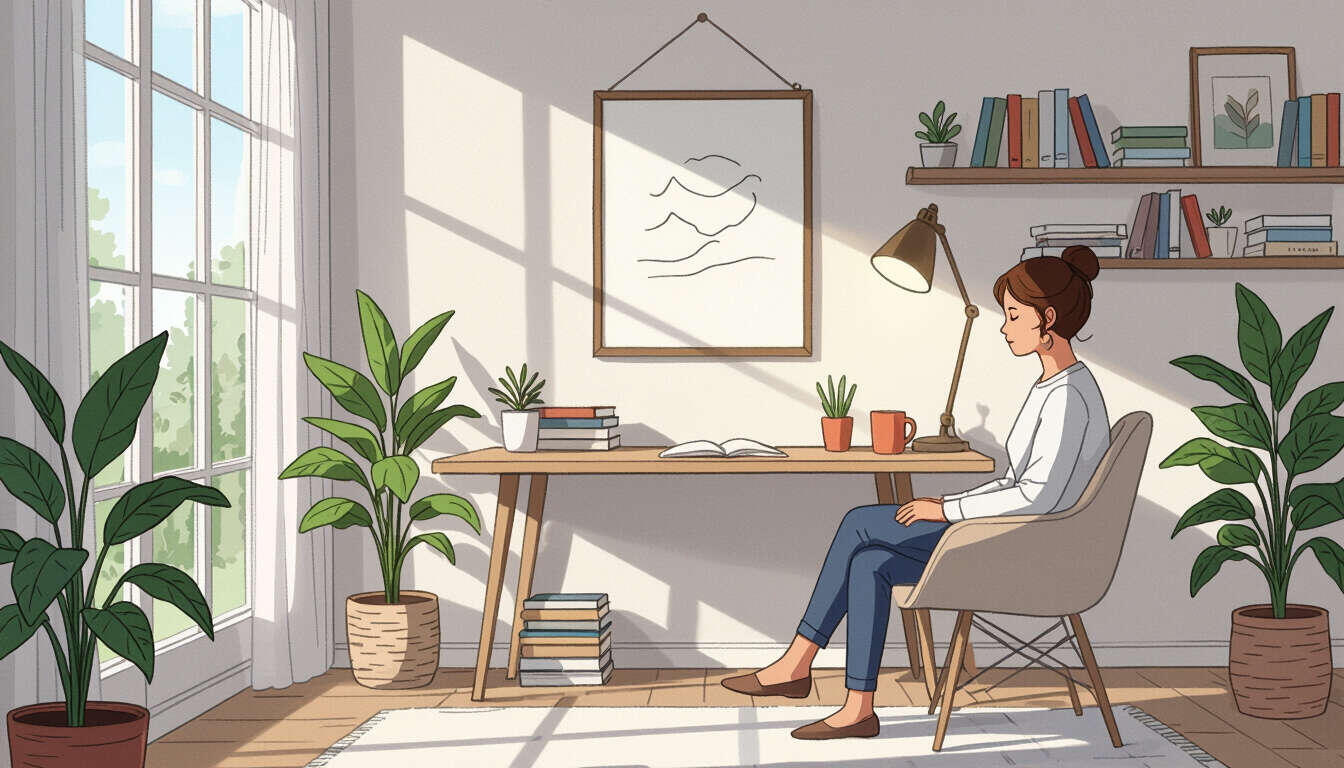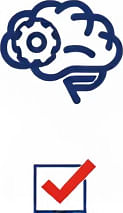Minimalism for Enhancing Productivity with ADHD
 by Shanie Goodwin
by Shanie Goodwin
Minimalism offers a practical approach for those with ADHD to reduce distractions and build better focus. By simplifying surroundings and daily habits, individuals can create an environment that supports clearer thinking and sustained productivity, leading to a more manageable daily life.

Living with ADHD can present unique hurdles, especially in maintaining focus and organization. Minimalism provides a helpful strategy by emphasizing simplicity in life. This approach involves reducing unnecessary items and commitments to create space for what truly matters.
The Connection Between Minimalism and ADHD
Many people with ADHD find that a cluttered space leads to overwhelm. By adopting minimalism, you can clear physical and mental clutter. For instance, a simplified home environment might include only essential items on your desk. This can help in fostering better concentration.
One key benefit is the reduction of distractions. ADHD often involves heightened sensitivity to surroundings, so minimizing visual noise can make a big difference. Imagine starting your day in a room with just a few key items; this setup promotes ease in getting tasks done.
Practical Techniques to Get Started
To incorporate minimalism, begin with small steps. Start by decluttering one area, like your workspace. Keep only the tools you use daily and store the rest away. This method can lead to improved routines and less decision fatigue.
Another technique is to streamline your schedule. Focus on prioritizing tasks that align with your goals. For example, creating a short daily list with a few key items can prevent the feeling of being overwhelmed. Over time, this practice builds habits that support steady progress.
Using tools like timers can also complement minimalism. Set specific periods for work and breaks, allowing for natural energy flows. Remember, it's important to be kind to yourself during this process; progress comes from consistent effort.
Building Sustainable Habits
Once basics are in place, think about extending minimalism to digital life. This means organizing apps and emails to avoid constant notifications. A clean digital space can enhance overall well-being and make it easier to engage with important activities.
Many find that minimalism encourages mindfulness. By focusing on fewer things, you allow more room for meaningful experiences. For adults and young adults with ADHD, this shift can lead to greater satisfaction in daily accomplishments.
In practice, try a weekly review of your spaces and routines. This helps maintain the simplicity you've built. Over time, these changes can contribute to a more balanced life, where productivity feels achievable and rewarding.
Encouragement for the Path Ahead
If you're exploring these ideas, know that everyone moves at their own pace. Minimalism isn't about perfection; it's about finding what works for you. By making these adjustments, you can create a foundation that supports your strengths and helps manage challenges associated with ADHD.
